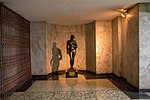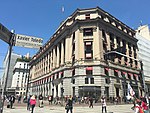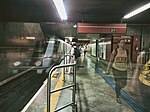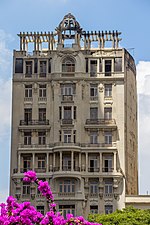Matarazzo Building
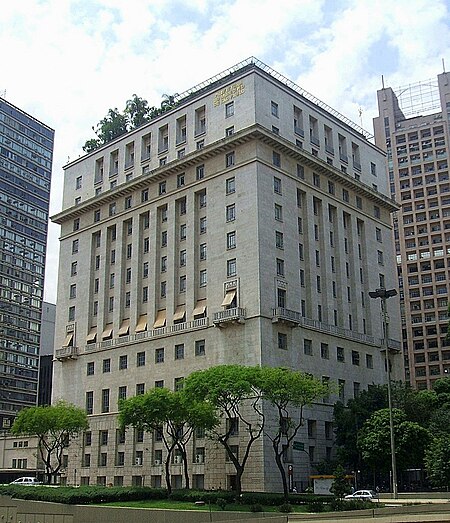
Matarazzo Building (Portuguese: Edifício Matarazzo), also known as Palácio do Anhangabaú (Anhangabaú Palace) is the city hall of the city of São Paulo, Brazil. It belonged to Banespa until 2004, when it was sold to the city government. It was designed by Italian architect Marcello Piacentini under the will of Ermelino Matarazzo, in order to host the headquarters of his industries. The building's architectural style looks like Art Deco. According to the deal made with Banespa, the building would be given to the city government as part of the debt of 885 million reais (some 466 million dollars) that the extinct CMTC had with the bank. The city would then owe 156 million reais, to be paid in four years.
Excerpt from the Wikipedia article Matarazzo Building (License: CC BY-SA 3.0, Authors, Images).Matarazzo Building
Viaduto do Chá, São Paulo Sé
Geographical coordinates (GPS) Address External links Nearby Places Show on map
Geographical coordinates (GPS)
| Latitude | Longitude |
|---|---|
| N -23.547677777778 ° | E -46.637588888889 ° |
Address
Edifício Matarazzo (Palácio do Anhangabaú)
Viaduto do Chá 15
01002-020 São Paulo, Sé
São Paulo, Brazil
Open on Google Maps
